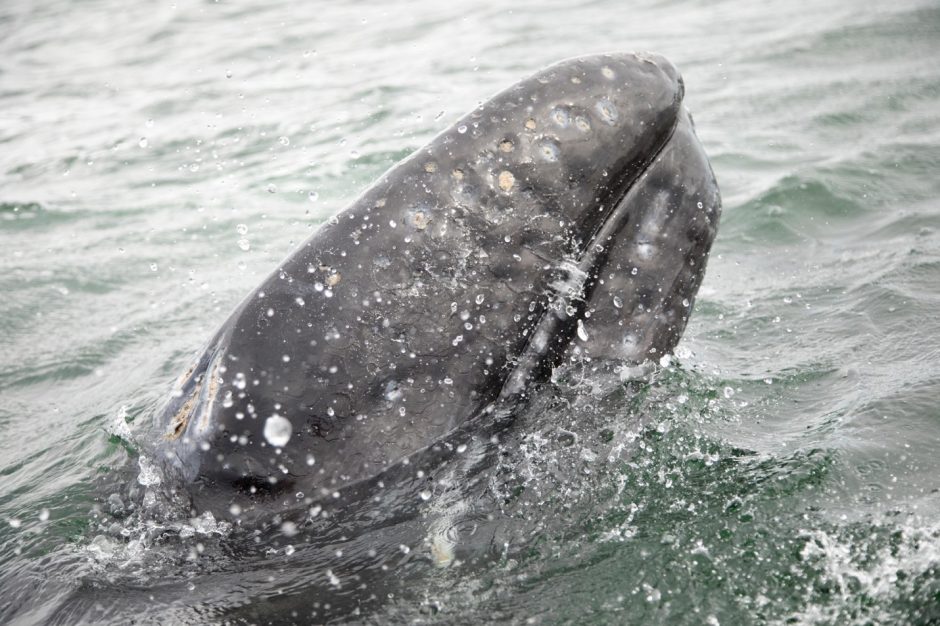
Tips for Photographing Whales (and More) in Baja
There’s something about watching whales that connects us to the natural world in a truly profound way. It’s a glimpse into a vast undersea world with one of the most intelligent and sentient creatures on our planet. When in Baja watching gray whales, their overall friendliness often takes us by surprise. Here we have the opportunity to make and capture extraordinary memories!
Photograph While Anticipating Motion
Whether you’re photographing a moving or breaching whale, or you yourself are moving in a bobbing Zodiac, you’ll want to anticipate movement. That is, you’ll want to make sure that your shutter speed is fast enough to freeze such motion.
Generally speaking, I like for my shutter speed to be somewhere around 1/500th of a second when trying to freeze the motion of an animal. Fortunately, in the bright conditions of Baja, this shouldn’t be a problem with a “normal” aperture of f/5.6 or f/8 and a modest ISO of 200, 400, or 800. The faster the shutter speed you can afford—without sacrificing too high of ISO or too shallow a depth of field—the more you can freeze motion even in the currents of water or droplets coming off of surfacing whales.
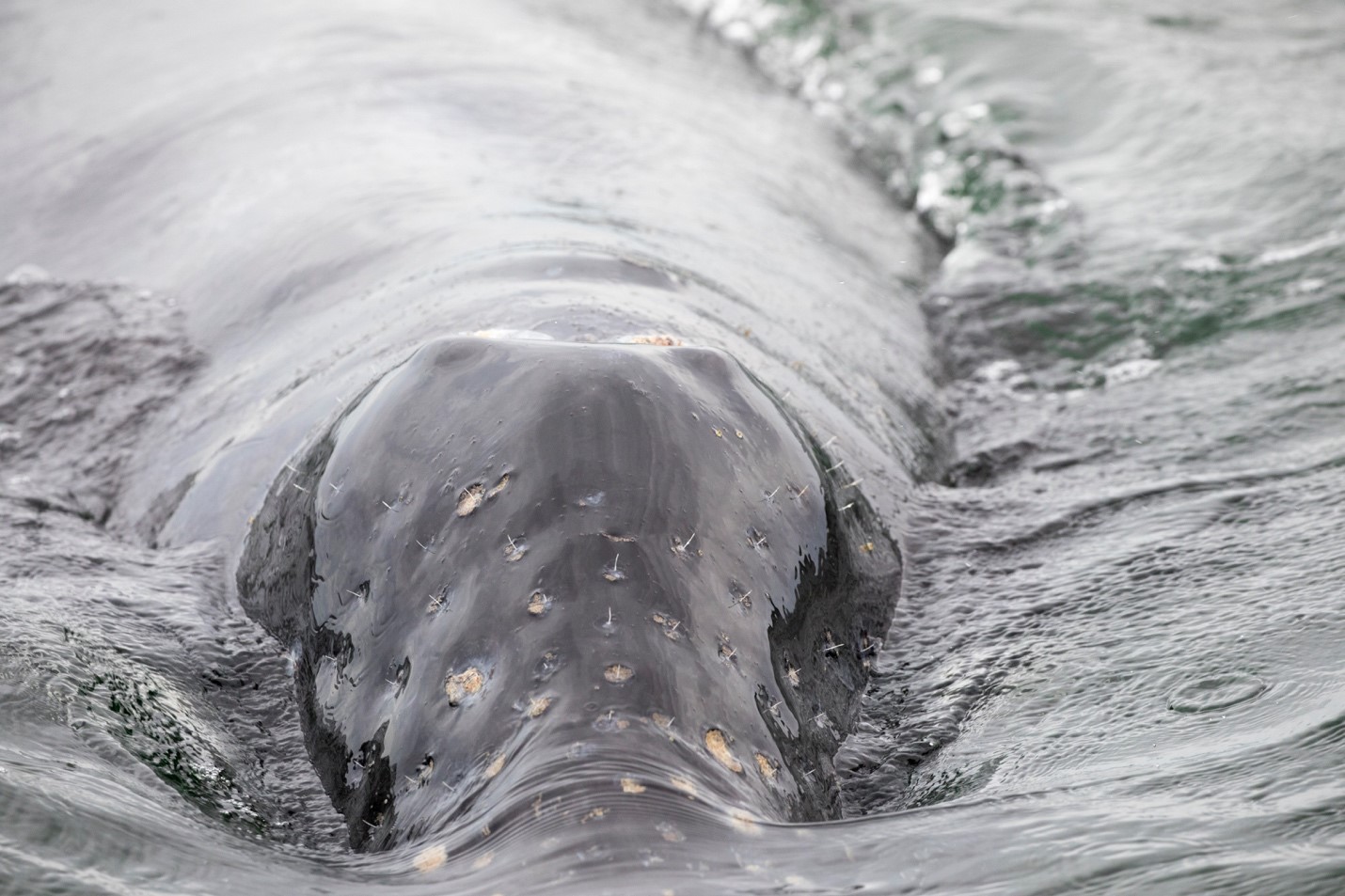
Consider Using Adaptive Focus
Focus terminology differs with each camera platform. However, no matter the system, be it Canon, Nikon, Sony, Olympus, etc., they all have some excellent follow-focus technology (typically referred to as some derivative of the word SERVO). This allows the camera to continuously focus on the most prevalent subject as you hold the shutter button halfway down.
This type of setting is excellent for whale photography, as the camera will quickly and automatically focus on the whale as it comes up to the surface. Saving yourself half a second in focusing time can be the difference between a good shot and a great shot!
Prior to heading out on a whale watching adventure, it’s worth familiarizing yourself with how to set this servo-focus ability. Oftentimes it can be a bit rushed with excitement while actually out whale watching, so being able to quickly and easily adjust your camera’s focus settings will be key to experimenting with this technology.
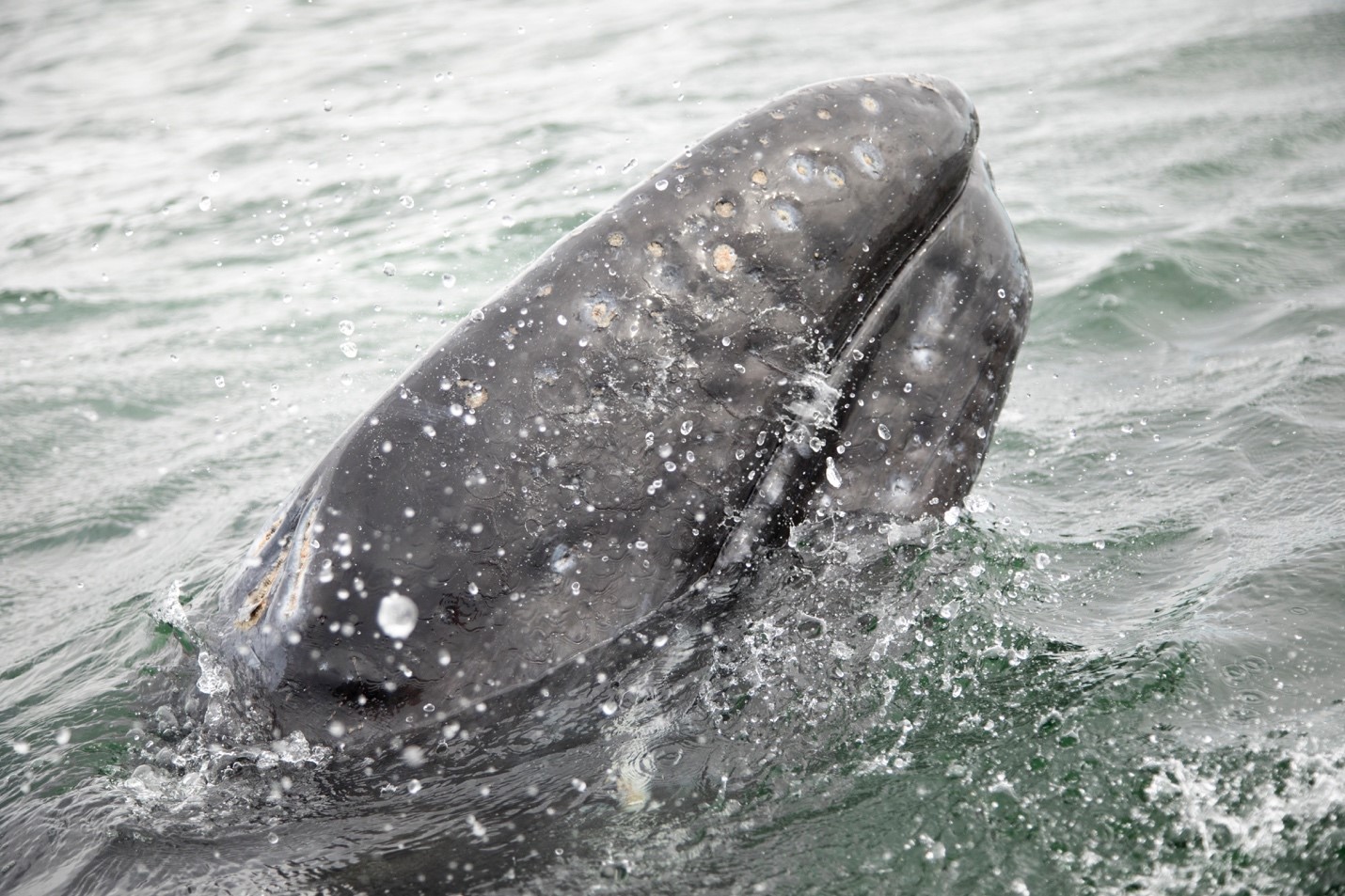
Highlight the Extraordinary Lighting
Because of the wide-open landscapes, big skies, and sweeping vistas, you’ll have lots of opportunities to play with light. This goes for dawn and dusk light, too, which can be extra captivating in these desert conditions.
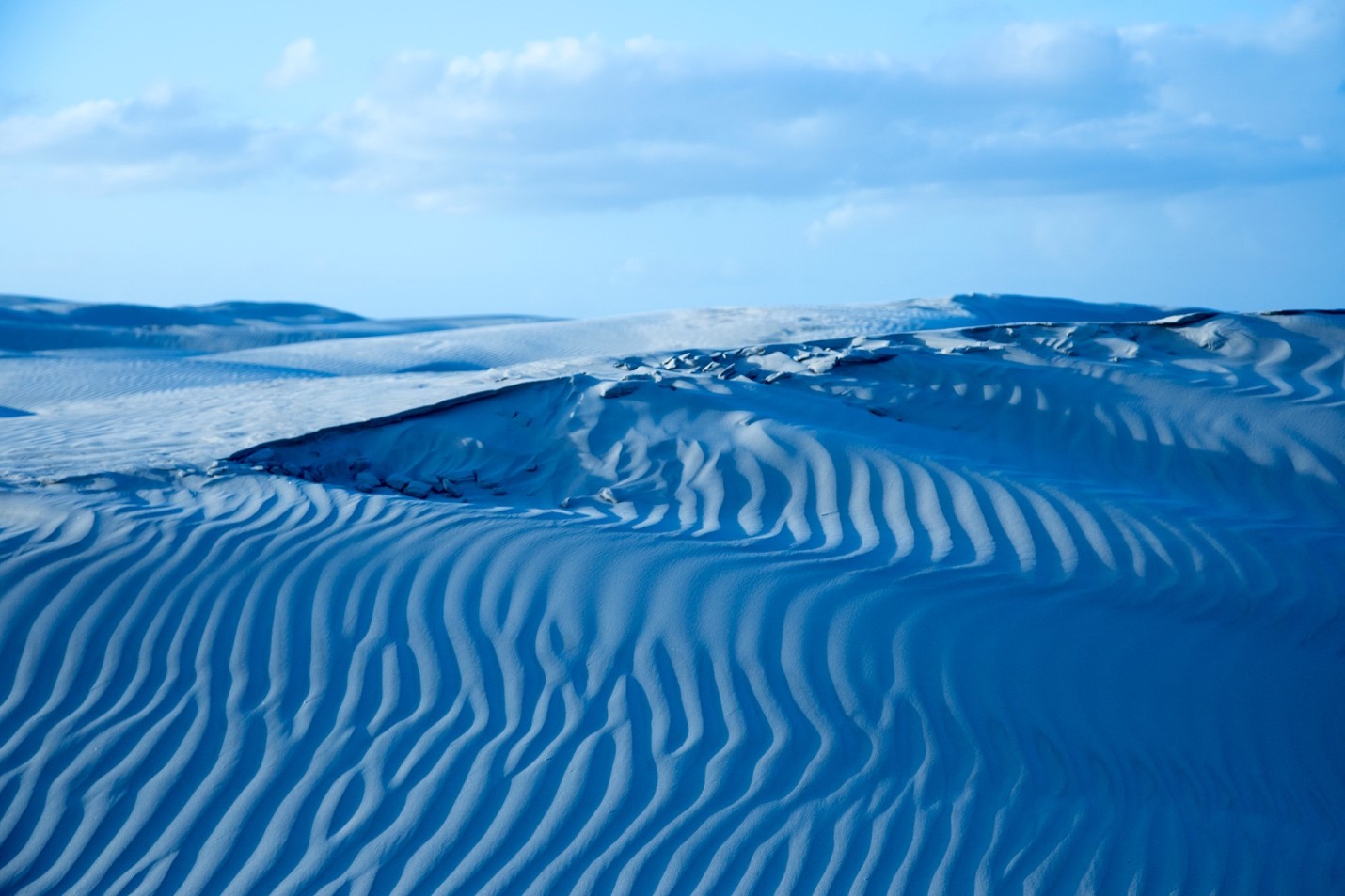
By experimenting with your white balance settings, you can capture incredible hues that give landscape photos a life of their own. Remember, white balance can vary from “hot” to “cool,” which is basically from the yellow to the blue end of the spectrum, rated by Kelvin (denoted as K in the camera’s menu, usually).

While we’re on the topic of light, sunsets and sunrises in Baja can be especially dramatic, so be sure to read up on sunset and sunrise photography techniques ahead of your adventure.
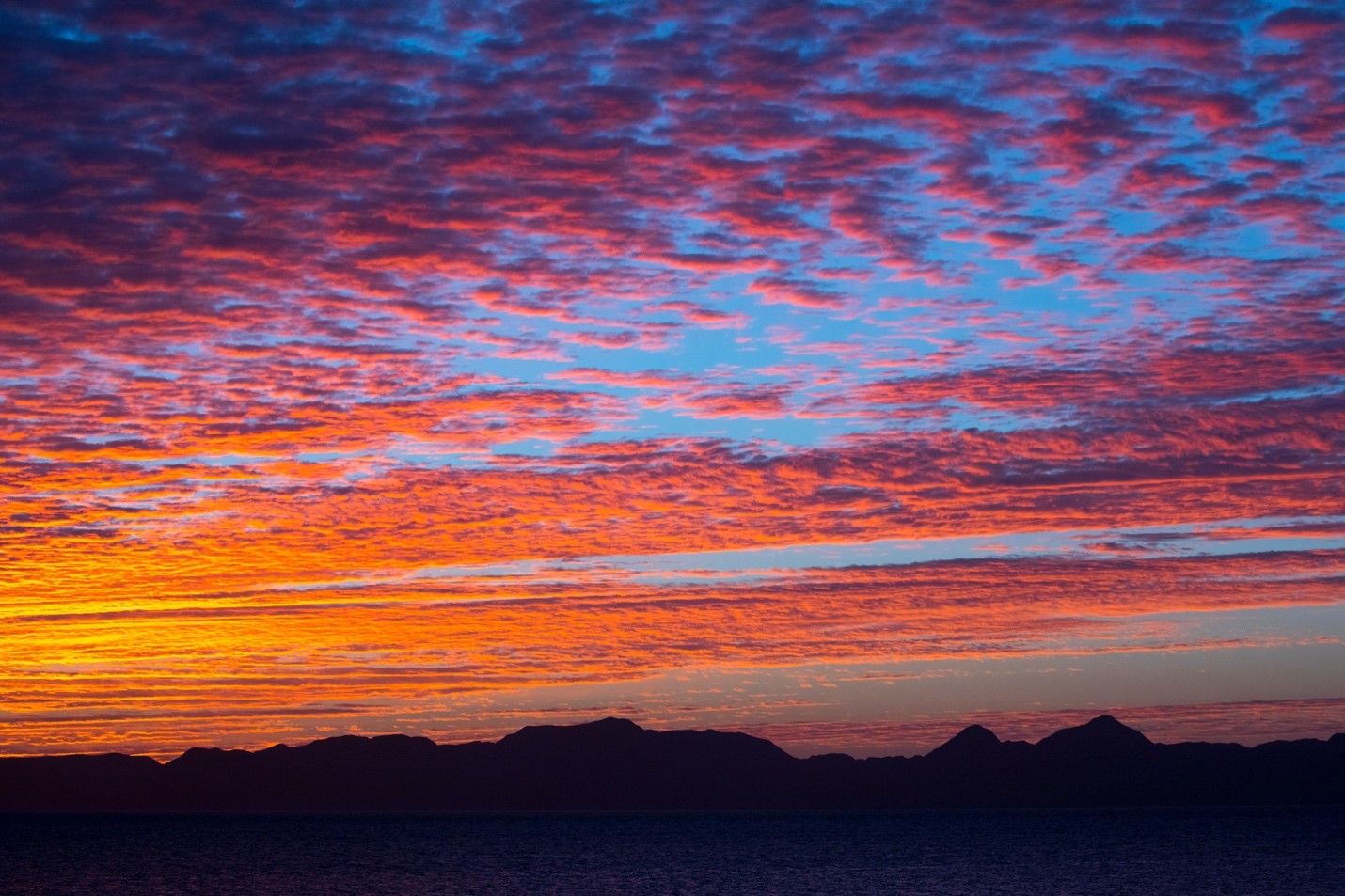
Capture the Experience
One of the most powerful ways to tell the story of your adventure is to integrate wildlife into general travel photographs. And perhaps the most dramatic method is to capture wildlife with fellow travelers.
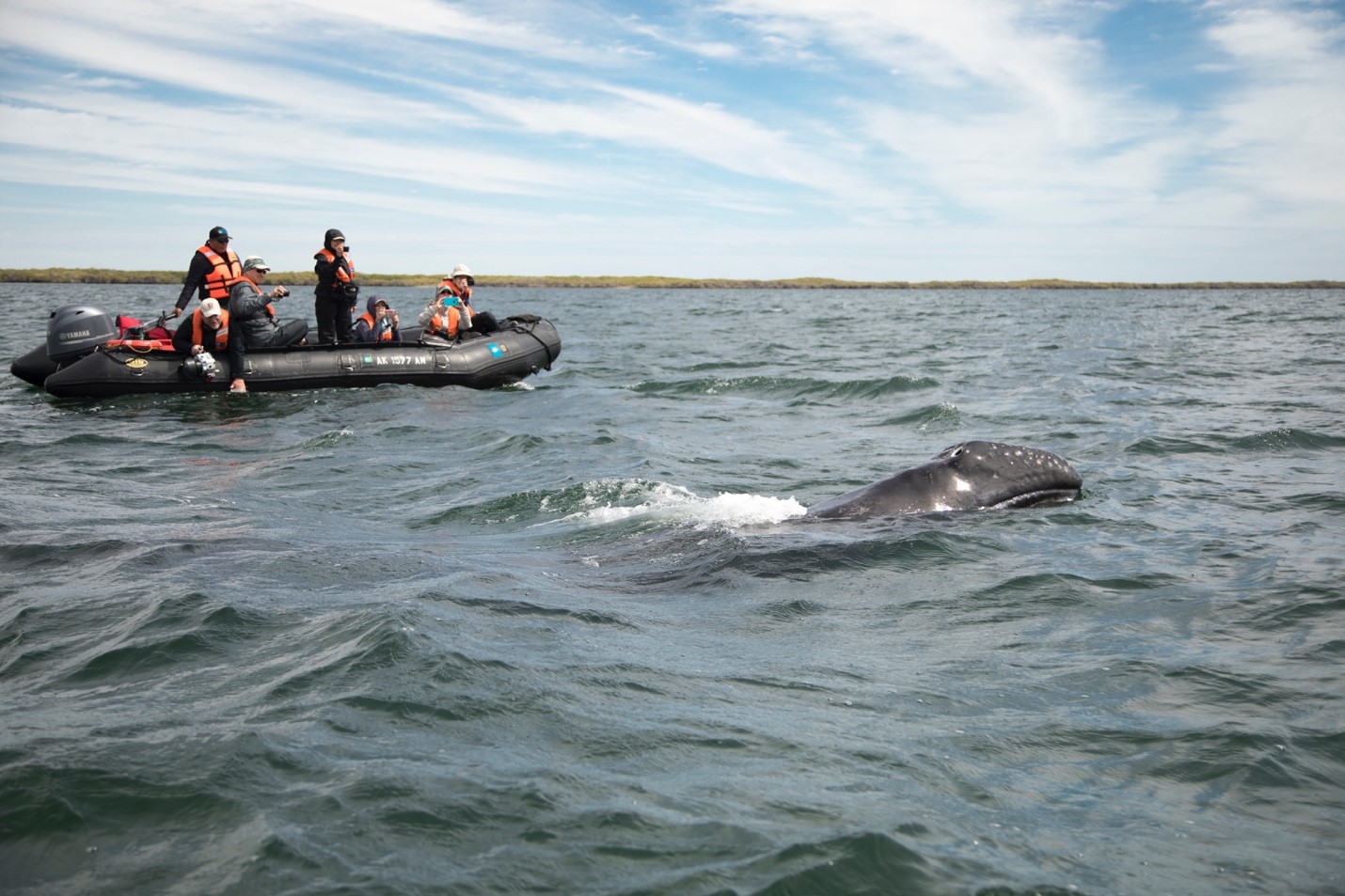
It’s not necessarily the easiest thing to do, to capture both a whale and a nearby Zodiac in one frame, but as you can see, it really gives you that “picture yourself here” experience. When it comes to reliving the memories of your adventure, or telling your story to friends and family, getting travelers with wildlife is a great technique.
Another technique for capturing the experience is to aim to document every facet of your journey, paying particular attention to those experiences that are out of the ordinary. If you are on a classic expedition-ship-based adventures in Baja, things like map charts and other nautical equipment make for excellent photographic subjects.
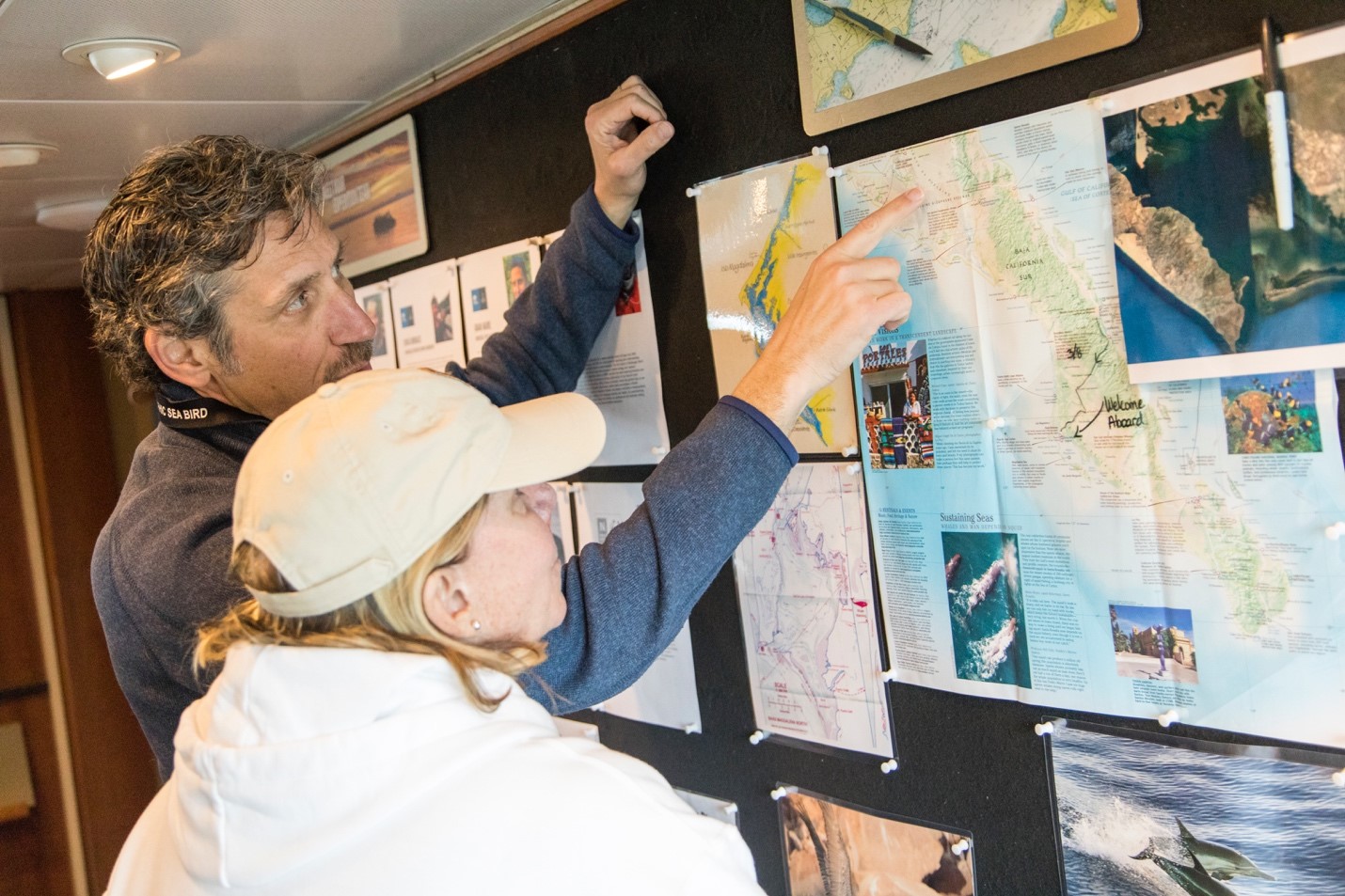

As you can see, there’s a lot more to photograph than just whales in Baja! Between the extraordinary scenery, enigmatic desert light, and, of course, the charismatic gray whales, it’s a multi-faceted adventure.
If you have any tips on photographing in Baja, please share and leave a comment below!
Cheers,

Court
3 Comments

Jayne Francis
July 19, 2019 at 3:41 pm

Court Whelan, Ph.D.
July 25, 2019 at 9:06 am

Tyler Johnson
June 3, 2020 at 9:44 am
Hi Court, great tips thank you. We are going swimming with humpbacks in Tonga next year so your tips are great for our dslrs for shooting from the boat but was wondering about buying an underwater camera to capture that side of the trip. I was thinking of an Olympus TG5 with fish eye lens or would we better to get an underwater housing for our DSLRs?
hi Jayne,
Good to hear from you and excited to hear about the humpback trip! You’re going to love it! As far as DSLR vs. the TG5, gosh it really comes down to the quality you expect/hope, how much more you may do with this setup in the future, and budget. The TG5 is going to be a great intro option, but it will be markedly different than a DSLR (which in itself is probably $1K+) and an underwater housing (which could be another $1K+). So, comparing something in and around $400 vs. $2,000, you can imagine which is going to be the better option. However, if this is a one-and-done situation, and you may not ever do underwater photography, it seems like you have better things to invest in camera-wise than a $1k (or more) underwater housing. Plus, there are lots of specifics for how you care for housings vs. an all-in-one setup like Olympus. Hopefully this helps a little! I don’t have personal experience with the Olympus you speak of, but you’re right on the button with the fish-eye aspect. That’s indeed what you ought to go for, whether DSLR or TG5. The water refraction always narrows your view a little, so you want to go for ultrawide in all possible cases. Cheers and good luck!
That’s a good point that there is a lot of cool lighting while whale watching. I have been thinking about going on a whale-watching trip to try and get some cool pictures, so that’s good to know. I’ll have to make sure I keep an eye out for cool lighting if I decide to go whale watching.
https://hoonahtraveladventures.com/adventures/premier-whale-watch-tour/